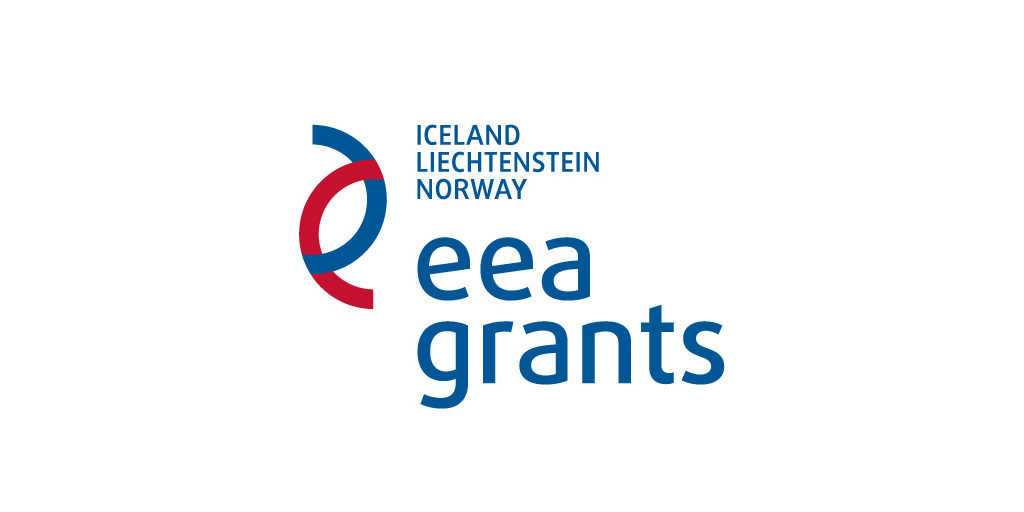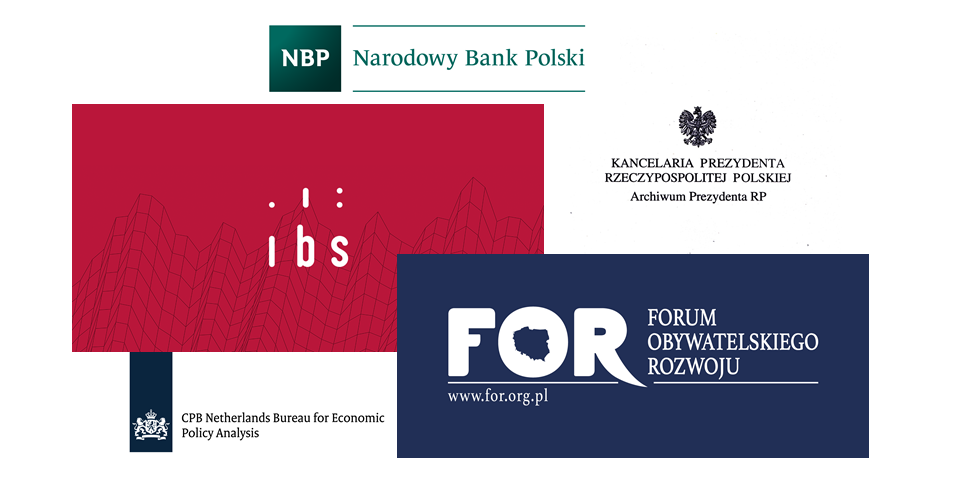Author: webadmin
Examining Social Exclusion among the 50+ in Europe – Evidence from the Fifth Wave of the SHARE Survey

Though intuitive, the concept of social exclusion is complex and hard to measure. Recently, however, we have witnessed policymakers and international institutions increasingly pay attention to better understand material and social distress and to identify the means to improve a broadly defined standard of living. In this brief, we summarize some of the results and conclusions from a recently published First Results Book based on the latest data from the Survey of Health, Ageing and Retirement in Europe (SHARE). We discuss the approach adopted to measure material and social deprivation, and the subsequent identification of risk of social exclusion. We show that Europeans increasingly value the quality of their social life as they grow older and that factors, such as worsening health, unmet long-term care needs, loneliness or lack of social cohesion are important determinants of social exclusion among the 50+ population. If socio-economic policies are to respond effectively to the needs of older Europeans, then broader aspects of their lives need to be taken into account and public policy should go beyond simple targets of income-defined poverty.
Taxes and Benefits in the Polish Parliamentary Election Campaigns

The upcoming parliamentary elections in Poland, scheduled for the 25th of October 2015, have on the one hand stimulated debate on the record of the current coalition government, and on the other opened the debate on the nature of socio-economic policy to be conducted in the coming years. In this brief, we draw on two recent pre-election reports published by the Centre for Economic Analysis, CenEA. We discuss developments in tax and benefit policies under the coalition of the Civic Platform and the Polish People’s Party over the last eight years, as well as the pre-election pledges regarding tax and benefit policies to be implemented after the elections. We show a significant shift in policy priorities with respect to the distributional effect of the tax-benefit policies between the first (2007- 2011) and the second (2011-2015) term in office, towards more support for low-income families. We also argue that, judging by the presented electoral pledges, Polish voters face a difficult choice between the promises of the opposition parties, which seem too costly to be realistic, and an enigmatic tax overhaul reform proposed by the governing Civic Platform, which is supposed to substantially benefit nearly all working households at a low cost for the state budget, with details of the reform design, however, kept away from public scrutiny.
Distribution of the VAT Burden in Poland by Income Group and Demographic Characteristics

The Value Added Tax (VAT) is the main source of revenue for the public budget in Poland. Though issues regarding VAT rates or tax settlement mechanisms are brought into the public debate in Poland on a regular basis, little is still known on the distribution of the VAT burden among Polish households. In this brief, we analyze the VAT relation to household income, consumption and demographic structure in Poland. We find that the VAT burden is inversely related to income, with the bottom ten percent of the population paying on average 16.3% of their income in VAT and the top income group paying only 6.8%. Larger households, such as those with children, pay about 11%-15% more VAT due to higher spending. However, as a result of different spending structures, the additional VAT burden of families with children is independent of the number of children and only marginally dependent on their age. These differences in the tax burden should be taken into consideration in the current debate on the possibility of unifying the VAT rates in Poland.
Living longer, working longer: the need for a comprehensive approach to labour market reform in response to demographic changes

Increases in life expectancy over the last decades have been among the most salient reflections of changes in the quality of life in the developed world. In Germany, in 1990, the average life expectancy for men and women was, respectively, 72 and 79, while in Italy men could expect to live 74 years and women 80. By 2012, these numbers changed by about 6 years for men and 4 years for women in Germany and by 6 and 5 years in Italy. Substantial increases in life expectancy have been recorded in all EU countries, from Portugal to Estonia and from Cyprus to Norway. This growth reflects unequivocal success of medicine and health care provision and fundamental changes in the quality of life and lifestyle, and offers new opportunities for the growing groups of older populations.
How History Matters for Student Performance. Lessons from the Partitions of Poland

This paper examines the effect on current student performance of the 19th century Partitions of Poland among Austria, Prussia and Russia. Despite the modern similarities of the three regions, using a regression discontinuity design I show that student test scores are 0.6 standard deviation higher on the Austrian side of the former Austrian-Russian border. This magnitude is comparable to the black vs. white test score gap in the US. On the other hand, I do not find evidence for differences on the Prussian-Russian border. Using a theoretical model and indirect evidence I argue that the Partitions have persisted through their impact on social norms toward local schools. Nevertheless, the persistent effect of Austria is puzzling given the historical similarities of the Austrian and Prussian educational systems. I argue that the differential legacy of Austria and Prussia originates from the Austrian Empire’s policy to promote Polish identity in schools and the Prussian Empire’s efforts to Germanize the Poles through education.
Making work pay: increasing labour supply of secondary earners in low income families with children in Poland.

In-work support through the tax-benefit system has proved to be an effective way of increasing labour supply of lone mothers and first earners in couples in a number of OECD countries. At the same time these instruments usually create negative employment incentives for secondary earners. This in turn reduces the potential of in-work support to address the joint objectives of higher employment and lower poverty levels. In this paper we examine labour supply implications of a diverse set of possible reforms to the main elements of tax and benefit support of families with children in Poland. We show how an adequate combination of increased generosity of the tax and benefit system with the introduction of a “double earner” premium may result in increased labour supply of first and second earners in couples and concentrate the response in the lower half of the income distribution thus increasing the potential of in-work support to alleviate poverty.
Projects funded by the Stefan Batory Foundation

Commentaries on the effect of tax and benefit policy on incomes of Polish households.
Duration: January 2013 – December 2014
CenEA analysed details of current government policy in the area of personal taxes and benefits.
Pre-election analysis 2011
Duration: May – November 2011
CenEA analysed the details of reforms introduced in the last two terms of the Polish parliament and the election promises made by the major parties during the parliamentary election campaign 2011.
Funded by: Fundacja Batorego
The Effect of Public Pension Wealth on Saving and Expenditure.

In order to study whether public pension systems displace private saving, we use the quasi-experimental variation in pension wealth created by Poland’s 1999 pension reform. Using the 1997–2003 Polish Household Budget Surveys, we begin by estimating “difference-in-differences” regressions, where we compare household saving and expenditure across time and between cohorts affected and unaffected by the reform. Next, we estimate the extent of crowd-out by using two-stage least squares. We identify the effect of pension wealth on private saving by using the cohort-by-time variation in pension wealth that is explained by the reform. We find that one additional Polish zloty, or PLN, of pension wealth crowds out about 0.24 PLN in household saving. We also find heterogeneity in responses. For the middle-aged cohorts, we find a large public pension crowd-out of private saving (about 0.54 PLN of private saving for each 1 PLN of public pension wealth), while the crowd-out for younger cohorts equals about 0.30 PLN of private saving per 1 PLN. Finally, we find a close-to-complete crowd-out among highly-educated households.
Pledges and reality: taxes and transfers in the year of parliamentary elections.

Duration: September 2014 – January 2016.
Project realised as part of the “Citizens for Democracy” programme of the Stefan Batory Foundation, financed through the EEA Funds.
Other Projects

Over the years CenEA has participated in a number of small-scale projects realized for such institutions as the National Bank of Poland, the Civic Development Forum (FOR), the Munich Centre for the Economics of Ageing, and others. A full list of projects can be found below:
Reforming the Polish tax system
Duration: June 2016 – August 2016
Microsmulation exercise of a comprehensive tax reform for the Polish economy.
Commissioned by the FOR Foundation.
Labour supply implications of the Family 500+ programme
Duration: May 2016 – August 2016
Estiamtion of labour supply response to the Family 500+ Programme implemented in Poland in April 2016.
Commissioned by the National Bank of Poland.
Unemployment trap and the Polish Family Benefits system: modifications to support employment of parents
Duration: May 2014 – June 2014
Project conducted for the Chancellery of the President of the Republic of Poland.
Financial support of families in Poland: current system and examples of modifications in the tax system
Duration: December 2012 – March 2013, update in January 2014
Project conducted for the Chancellery of the President of the Republic of Poland.
Employment in Poland – 2011
Duration: July 2012 – May 2013
CenEA took responsibility for one part of the “Employment in Poland – 2011” Report prepared for the Centre for Human Resources Development in cooperation with the Institute for Structural Research.
Subcontracted with IBS, the Institute for Structural Research.
Joint influence of family and labour market policies on labour market participation and fertility decisions of men and women
Duration: June 2011 – April 2014
Subcontracted with the Institute for Policy Studies of the University of Warsaw.
The retrospective evaluation of elements of the VAT system
Duration: June – August 2011
CenEA was contracted to evaluate the distributional effect of the Polish VAT system in an international comparison of European systems of indirect taxation.
Subcontracted with CPB Netherlands Bureau for Economic Policy Analysis.

